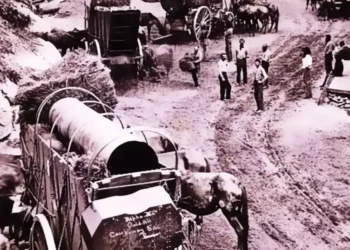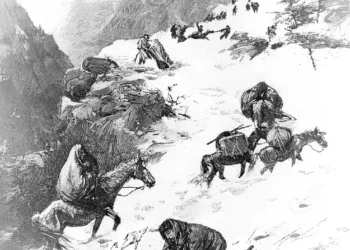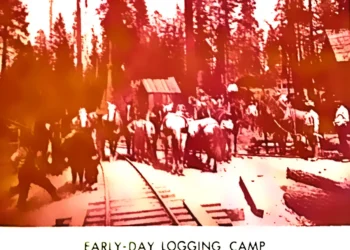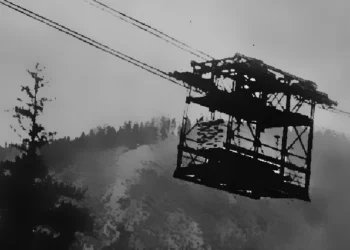By Cris Alarcon, InEDC Writer. (April 6, 2025) — In the annals of exploration, certain figures stand out not merely for their discoveries but for the spirit with which they pursued them. Hernando de Alarcón, a Spanish navigator of the 16th century, is one such individual whose journey up the Colorado River in 1540 marked a significant chapter in the chronicles of the New World.
Born around 1500 in Trujillo, Spain, Alarcón’s early life remains shrouded in mystery. Yet, it was his expedition in support of Francisco Vázquez de Coronado’s quest for the fabled Seven Cities of Cibola that etched his name into history. Commissioned by Viceroy Antonio de Mendoza, Alarcón set sail from Acapulco on May 9, 1540, commanding the San Pedro and the Santa Catalina. Their mission was clear: to navigate the Gulf of California and provide logistical support to Coronado’s overland expedition. Along the way, they were joined by a third vessel, the San Gabriel, at St. Jago de Buena Esperanza in Colima.
The rendezvous with Coronado’s forces, however, never materialized. Undeterred, Alarcón pressed on, venturing to the northern reaches of the Gulf of California. It was here, on September 26, 1540, that he entered the mouth of a great river, which he christened the “Río de Nuestra Señora del Buen Guía,” now known as the Colorado River. With determination, he ascended its waters, becoming the first European to do so. His journey likely took him beyond the present-day site of Yuma, Arizona, and perhaps even into territories that would later be recognized as part of Alta California.
What sets Alarcón apart from many of his contemporaries was his approach to the indigenous peoples he encountered. In an era often marred by conquest and subjugation, Alarcón’s interactions were notably humane. He took the time to document their customs, beliefs, and ways of life, offering invaluable insights into cultures that were previously unknown to Europeans. This respect fostered mutual understanding, leading historian Bernard DeVoto to remark that the indigenous communities “were sorry to see these white men leave.”
Alarcón’s legacy is commemorated by California Historical Landmark No. 568, located near Andrade in Imperial County. This marker honors his expedition as the first non-Indigenous group to sight land within what is now the state of California.
Through treacherous waters and uncharted territories, Hernando de Alarcón’s journey exemplifies the relentless pursuit of knowledge and the spirit of exploration that defined an era.










